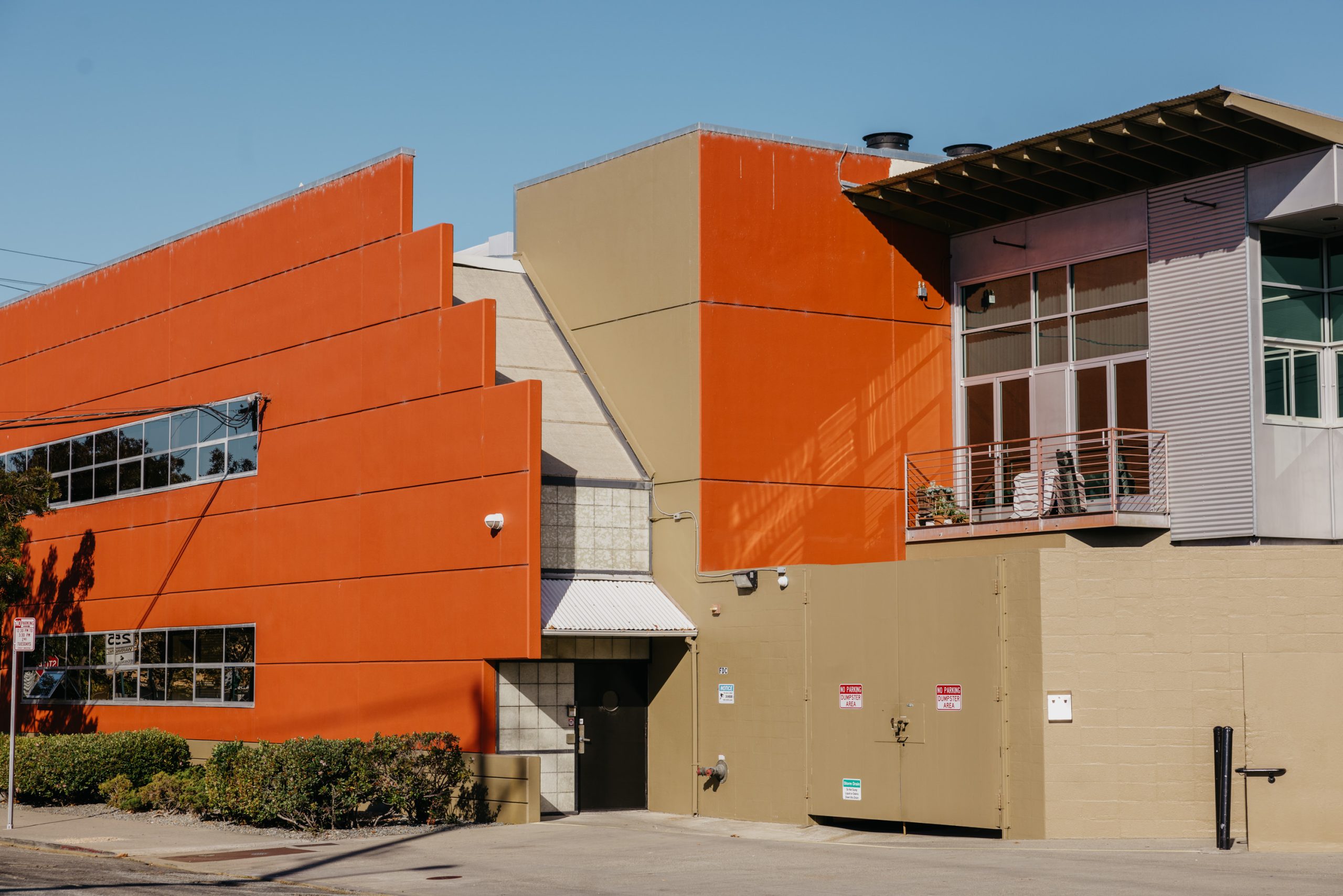As Charlie Munger famously said, “Show me the incentives, and I will show you the outcome.” This principle is particularly relevant to property management models.
On-site management often operates under a cost-plus pricing structure, where the building reimburses all personnel-related expenses and pays an additional 1% management fee. This arrangement provides minimal incentive for excellence. It fosters a mindset of doing just enough to avoid losing the contract, rather than striving to deliver outstanding service.
In contrast, off-site management, which is responsible for hiring and directly absorbing personnel costs without passing them along to the building, is inherently motivated to perform at a high level. These companies must provide exceptional service and execute effectively to remain profitable. This model encourages hiring the best staff and delivering superior results to generate margins.
Key Advantages of Off-Site Management
Incentive for Excellence
Unlike on-site models, off-site companies are driven to optimize performance because their profitability depends on it. This leads to a higher standard of service and better results for property owners.
Lower Staff Turnover
On-site management often experiences higher turnover rates, resulting in a loss of institutional knowledge about the property. Off-site companies, on the other hand, prioritize attracting, hiring, and retaining top talent. They view talent management as a core competency, supported by robust training and human resources practices.
Scalability and Redundancy
Off-site management provides depth and redundancy across the property management team and vendor network. If one manager is busy with a tenant, others can step in to address urgent needs. This ensures faster response times and greater efficiency, especially during critical moments.
Addressing Common Concerns
“What about seeing the manager in person?”
While some owners value the physical presence of an on-site manager, this is often inconsistent. For those managing multiple properties, the manager is frequently off-site at other locations. A friendly face at the entrance is pleasant but does not drive tenant satisfaction or justify the significantly higher costs.
Tenants are most influenced by the quality of property management during times of need. A busy on-site manager may leave other tenants waiting, whereas an off-site team’s resources and redundancy ensure swift and effective service.
“Is off-site management absent?”
Absolutely not. Off-site management should maintain regular visits to the property for inspections, tenant interactions, and other essential tasks. Tenants should become familiar with their property manager and feel their presence through proactive engagement and excellent service delivery.
Conclusion
While both on-site and off-site property management models rely heavily on their people, the incentives built into each model dramatically impact performance. On-site management often lacks the motivation to go above and beyond, while off-site management thrives on delivering exceptional results. With its deeper talent pool, scalability, and focus on excellence, off-site management provides better outcomes for property owners and tenants alike.



